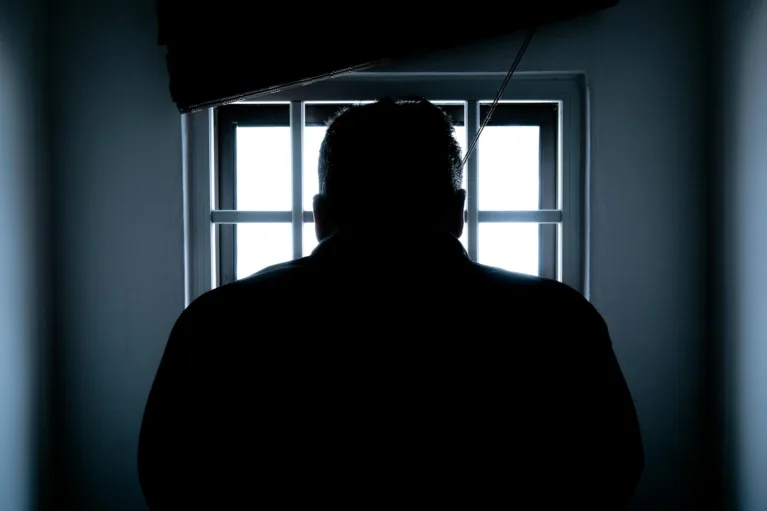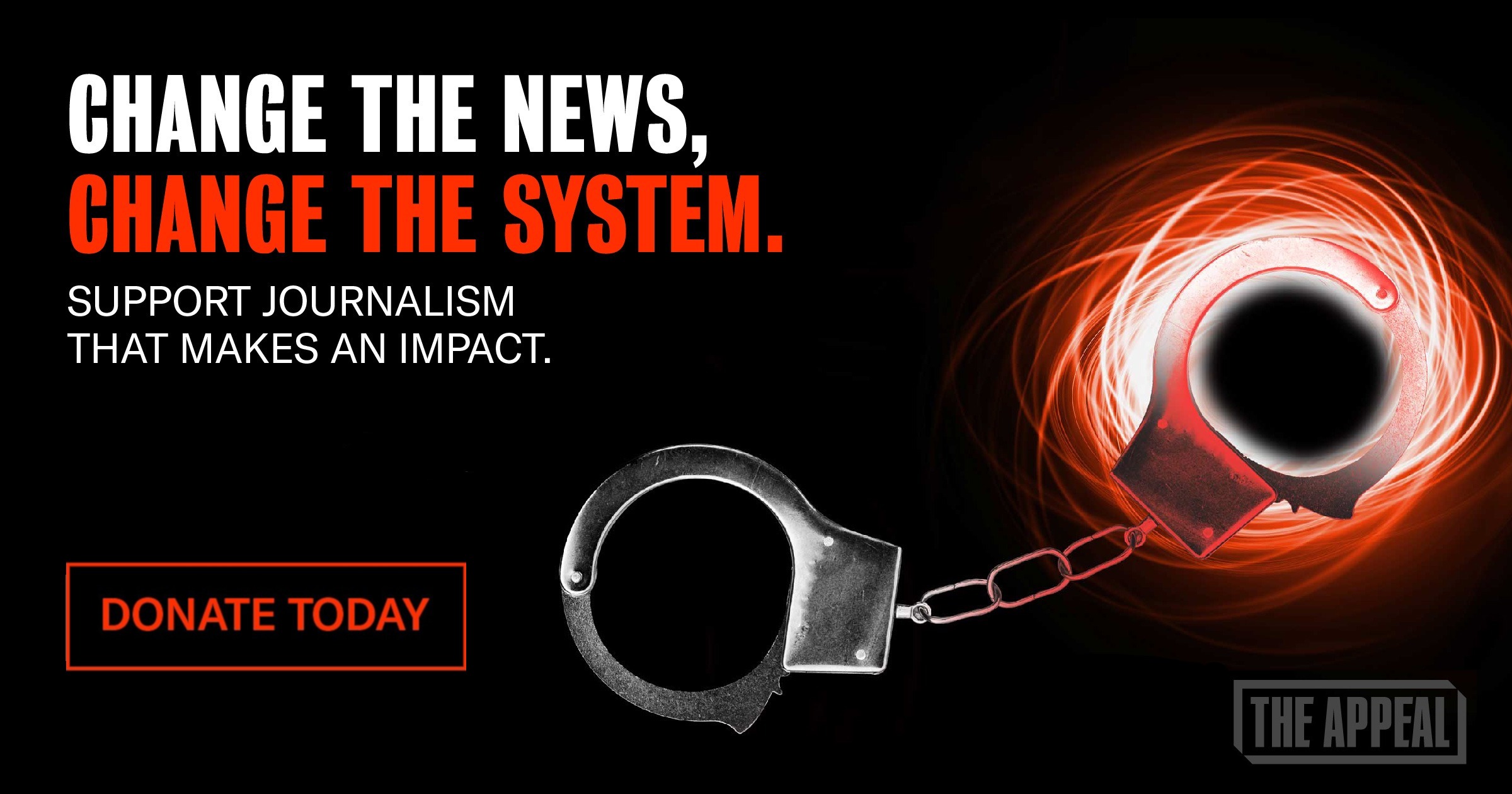Newsletter
The Case Against Solitary Confinement: Explained
Even though the United Nations considers more than 15 days of solitary confinement a form of torture, American prisons still use the practice liberally. Prolonged isolation makes imprisoned people more violent and less likely to reintegrate into society.

Solitary confinement in prison is incredibly harmful. Those in favor argue that it reduces violence and keeps prison officials safe. Instead, research points strongly to the opposite conclusion: that solitary confinement worsens violence in prisons and the public. Indeed, when prisons use less isolation and expand rehabilitation programs, drug treatment, and mental health treatment programs, the rate of violence diminishes.
Even though the United Nations considers more than 15 days of solitary confinement a form of torture, American prisons use the practice liberally, often holding people in isolation for months or years at a time. Efforts to restrict the practice have faced roadblocks in recent years amid a conservative, tough-on-crime backlash following the 2020 George Floyd protests.
But isolating prisoners has not made America any safer. Most imprisoned people are eventually released back into the prison population—or sometimes right back into the public—after spending significant amounts of time in isolation. They often re-enter society more dangerous than they left after enduring psychological torture and losing the social skills needed to function in society.
Statistics show that the longer people are in solitary confinement, the more likely they are to commit new crimes once released. In one study, recidivism rates after three years for prisoners who were released directly from solitary were 26 percent higher than people released from the same prison’s general population. Another study matched the prisoners from the general population to those in solitary based on age, criminal history, and propensity for violence. Researchers found that people released directly from solitary committed new crimes within 12 months, as compared to 27 months for prisoners from the general population.
While conditions and other unquantifiable factors may vary, virtually all studies reveal similar trends. Prolonged solitary confinement has been shown to exacerbate mental health problems, and people held in isolation are less likely to receive the services necessary to help them transition back into society.
Consider the case of Malcolm, a 19-year-old housed in the solitary cell next to mine during my last stint in isolation. By the time I met him, Malcolm had been in the hole for a year. He yelled at the top of his lungs for hours, recounting his life details. Malcolm was breaking down. As I listened to him repeat his life story through the walls, all I could do was shake my head in sorrow and disbelief.
Malcom was released back into the community directly from this system. I can promise you that releasing a young man in his state of mind is not safe or advisable. Those like Malcolm will victimize many more members of society. It pains me to say that. But it’s a fact.
Solitary is supposed to be reserved for people who engage in violent, serious, and disruptive behavior during their incarceration. However, reports by the Vera Institute for Justice have found that, in states such as Vermont, most people were sent to solitary for relatively minor infractions, such as using abusive language or failing to stand in line correctly.
Surges in prison populations since the 1980s have left facilities ill-equipped to handle the sheer volume of people in their custody. But torture cannot be justified for convenience. There are far better ways to deal with overcrowding and violence in prisons, not the least of which would be to reduce the population through improved access to mental health treatment and revisiting lengthy sentences. Statistically, 95 percent of incarcerated people will eventually return home. How can we expect people living in extreme isolation to return to their communities in a healthy state?

ICYMI—From The Appeal
Prosecutors levied serious charges against pro-Palestine college protesters this year. The Appeal reviewed 935 arrest cases—and some arrestees face major felonies.
The Appeal partnered with incarcerated journalists to survey people in prison about what they wanted voters to remember on Election Day and their questions for candidates.
If Donald Trump officially wins the presidency, his anti-immigrant crackdown will be harder to fight this time around.
Thanks to changes in state law, more people with felony convictions almost certainly voted this year.
In The News
Rapper YNW Melly (Jamell Demons) has filed a lawsuit in Florida alleging the Broward County Sheriff’s Office is violating his constitutional rights. The suit seeks his immediate release from pretrial detention and alleges that he has not been allowed to speak with or see his family for several years. [NBC6]
An investigation by the Sacramento Bee revealed that between 2019 and the end of 2023, the city of Sacramento spent more than $22 million settling police misconduct lawsuits. [Sacramento Bee / Ariane Lange]
When cities destroy homeless encampments, the consequences for residents are catastrophic. Those clearing the encampments throw out or take residents’ possessions, including their passports, medications, and phones. [Ruth Talbot, Asia Fields, Nicole Santa Cruz and Maya Miller / ProPublica]
In New York, there are no statewide databases of police employment or misconduct records. This makes it impossible to track “wandering officers” who jump to other police departments after misconduct scandals. [Sammy Sussman and Chris Gelardi / New York Focus and MuckRock]
